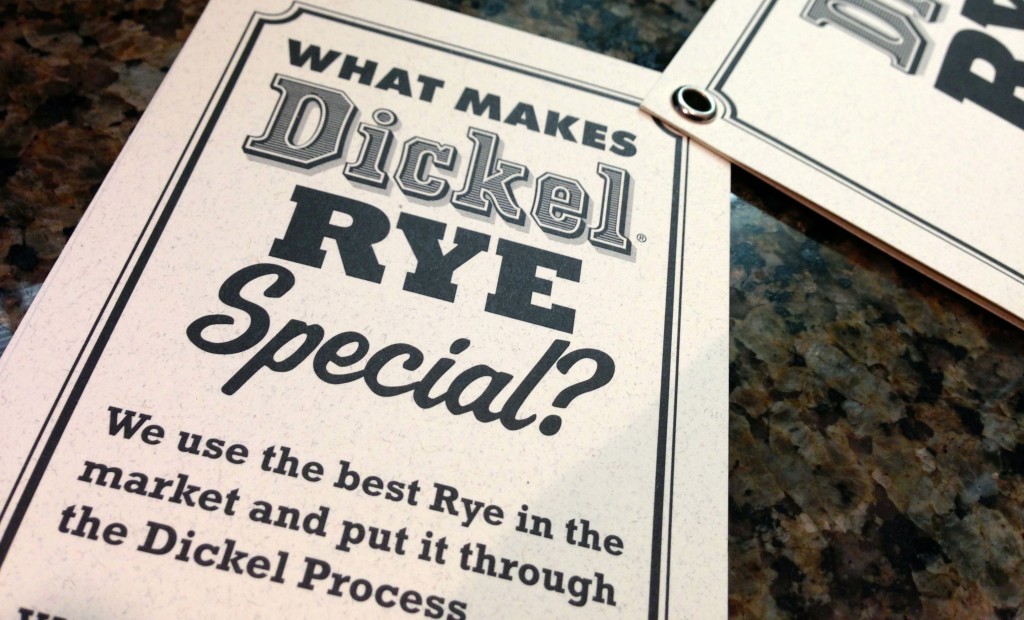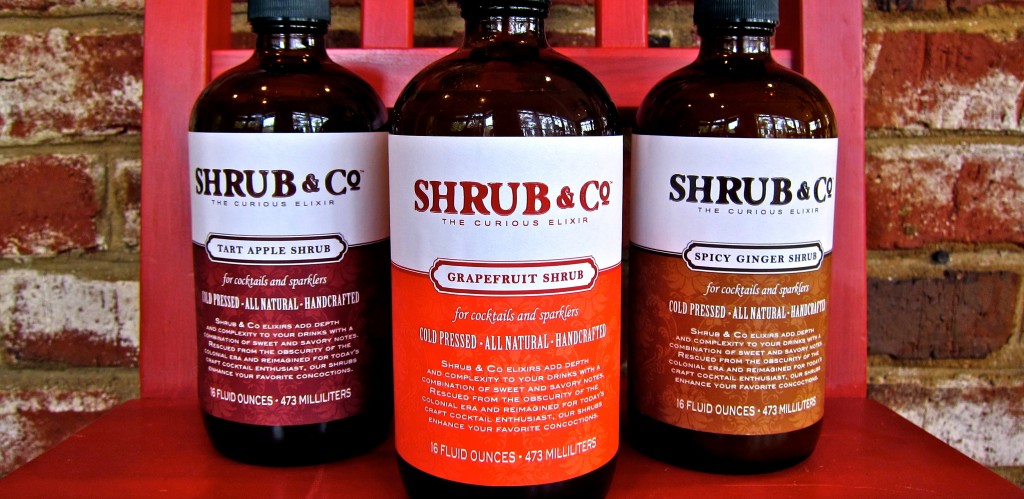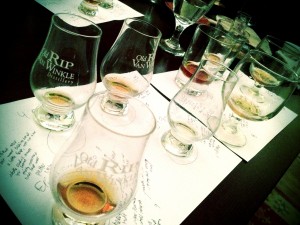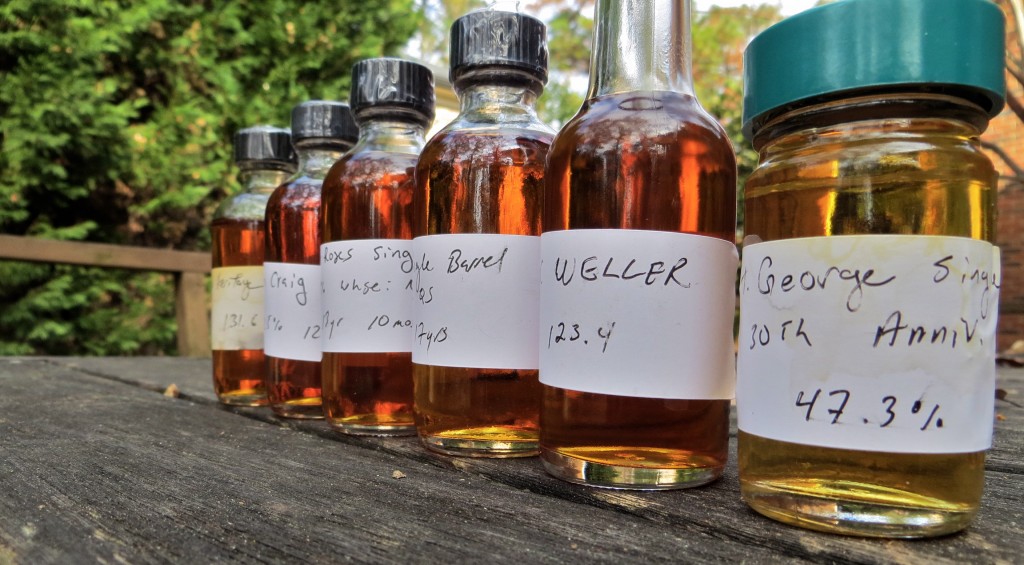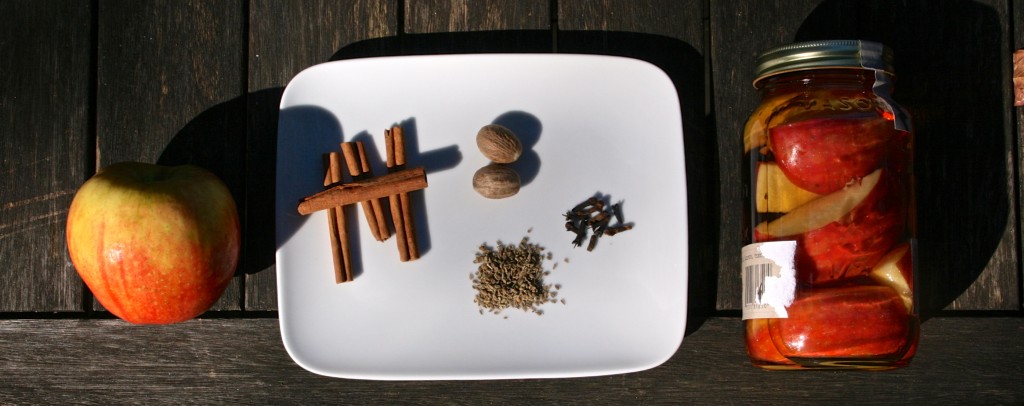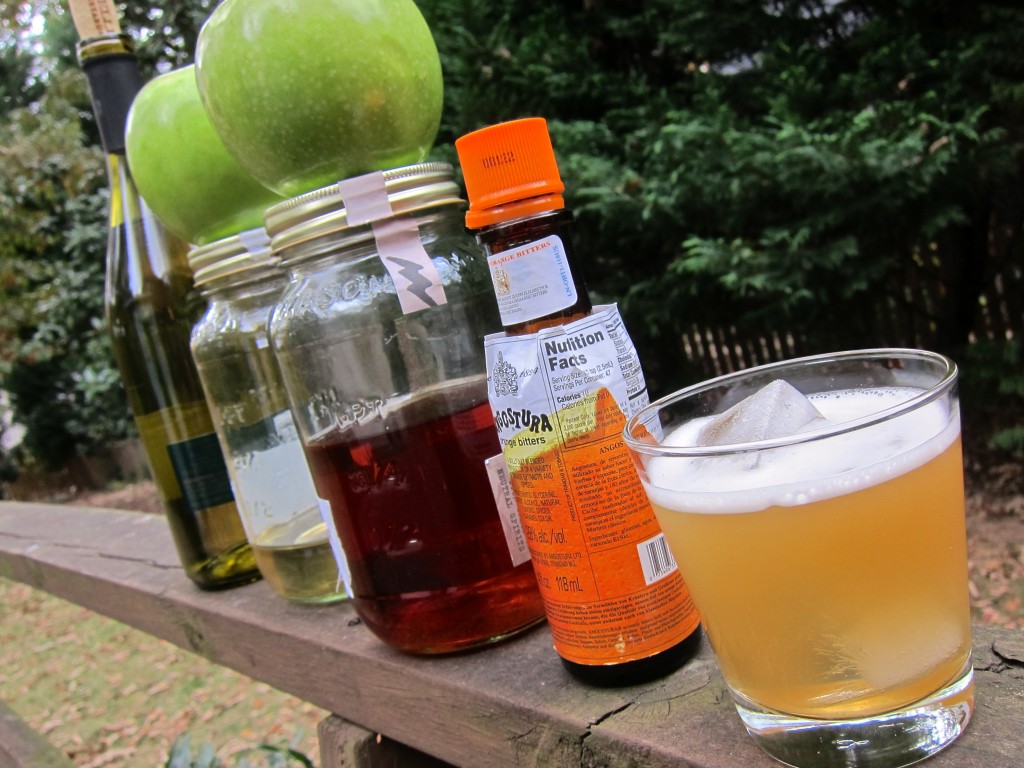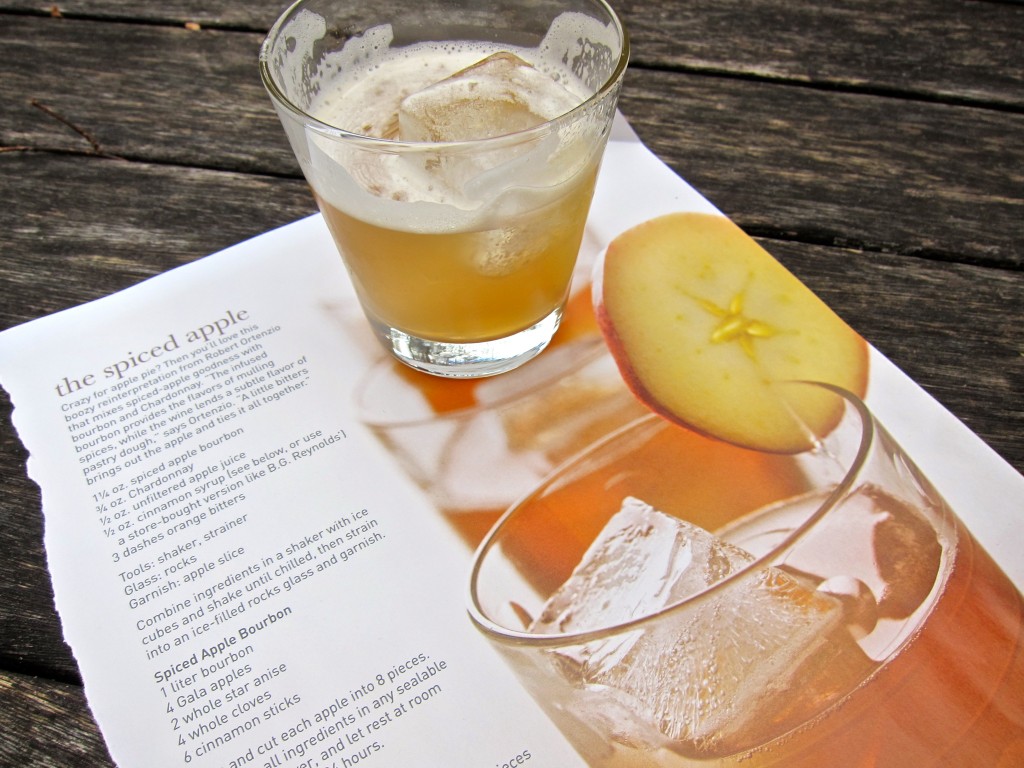The LDI rye explosion continues. If you’re an American whiskey geek, you know exactly what I’m talking about. But if you don’t quite hit the geek level in your whiskey knowledge, I’ll sum it up for you as quickly as possible:
LDI (Lawrenceburg Distillers Indiana, now known by the name of their new parent company, Midwest Grain Products) is a distillery just over the border from Kentucky, but they don’t sell to the public – just to other whiskey brands. Some time ago they made a wise decision to start distilling pretty good volumes of a high rye (95%) whiskey, intended initially for mixing with other mashbills. Some smart folks, though, tasted their rye and started choosing barrels to sell under their own brands – Templeton and High West were among the first. Since rye has taken off in popularity over the past few years, demand for the stuff is high, and it takes several years to start up from scratch and age enough whiskey to sell. So, LDI is making good use of their decision to produce plenty of rye many years ago, and is now the source for a large number of the ryes on the market – Bulleit, Redemption, Willet, and Riverboat, among others. And, now, George Dickel rye as well.
Templeton has been around for a few years now, but they’re making a concerted effort to expand nationally – just reaching Georgia in the past few months. George Dickel‘s rye is brand spankin new to the market. It should be said, though, that not all LDI rye is equal – it can have different ages, different finishing techniques, etc. Dickel has done something smart – they’ve chosen to actually create a signficant difference for their rye, and one that fits with their heritage – they charcoal filter the rye in a manner similar to their Tennessee whisky. In the name of science… well, in the name of informing rye lovers everywhere… I sat down with some samples of Dickel and Templeton to see how they compare.
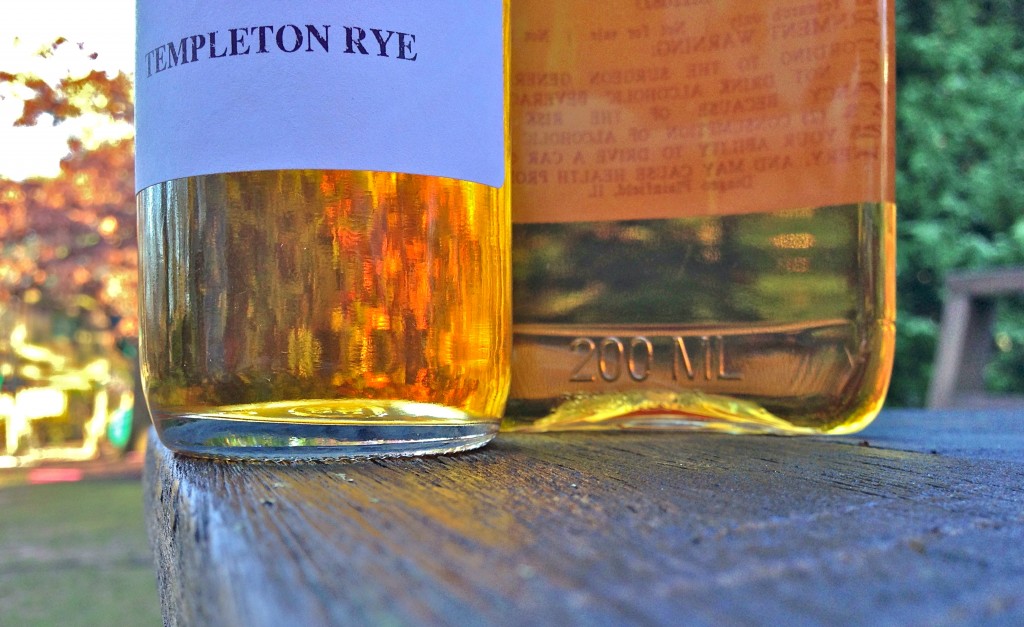 Templeton Small Batch Rye Whiskey, 80 Proof, Approx. $40 retail
Templeton Small Batch Rye Whiskey, 80 Proof, Approx. $40 retail
Templeton tells a great story of their heritage and how Al Capone was a fan of this particular rye during Prohibition. But let’s focus on today – after starting off with a single barrel approach, Templeton now batches their rye “15 to 20 barrels at a time.” No age statement on this one.
Both the Templeton and the Dickel have a pale straw on the way to caramel gold color, though the Templeton is a touch deeper. On the nose, the Templeton hits me first with baking spices, then a bit of dark dried fruit, and the notes people often ascribe to LDI ryes – grassy green, sharp, and minty. I wouldn’t say those green spice notes are in the foreground, though – they register more around the edges. There’s a mellow, vanilla sweetness underlying it all.
When you sip the Templeton neat, it brings a nice balance of cinnamon with a green, minty edge, and a smooth brown sugar baseline. Dark fruit comes through as well, think prunes almost. It’s got a bit less body than I like, coming across a touch thin. At only 80 proof, it actually carries a bit more heat than I would expect through the finish, but it’s the cinnamon and baking spice that really hold onto your tongue – not too sharp, but very clearly distinct from bourbon.
It holds up well to a cube of ice, and also works nicely as a base for a Manhattan or similar cocktails – with enough spice to handle any sweetness you might throw at it.
Overall, a very solid rye, if maybe a bit tamer than I would hope for. Good Stuff.*
On to Dickel…
George Dickel Rye Whiskey, 90 Proof, Approx. $22 retail
So, George Dickel takes that LDI rye, aged at least 5 years, then runs it through their “Dickel Process,” chilling it and then filtering it over sugar maple charcoal. As opposed to the Dickel Tennessee whisky, the rye gets filtered after aging rather than before.
As noted above, the color is a pale straw-caramel gold. The aroma here hits me first with a hazelnut-type nuttiness, then a warm melting sugar – not anything near burnt sugar or full on caramel, but fairly light. There’s a bit of dried cherry, then a pretty restrained herbal minty edge, quite a bit more subdued than in the Templeton. I’ve heard other folks say that the mint dominates here, but I don’t get that at all – it’s present, in a nice integrated way.
Tasting this neat, there’s a pretty nice harmony of things going on – though again, it is less assertive and angular than the Templeton above. It’s not too sweet, not too spicy, not too woody, but all of these elements are playing together well. I’d say you can see the family lineage to LDI, but the charcoal mellowing definitely makes its presence felt in smoothing things out a bit. The finish is low and mellow, not at all sharp or biting. Very nice given the 90 proof, and actually, I think this needs the full 90 proof – adding ice or water to the Dickel rye flattens it out TOO much. And it makes for a more mellow Manhattan than I care for – so sipping neat is the way to go with this if you ask me.
Again, another very nice rye, with an interesting twist. For the price? The Dickel is a very good value, but I think Templeton is pushing the edge on the cost-value equation given some of the other similar ryes available for a good bit less. Both earn Good Stuff marks, enjoyable and recommended.
If you’re interested in reading further about LDI rye, there are a LOT of great things out there on the subject – try this, or this, or this. : )
Also, see the full list of Thirsty South reviews and tasting notes here.
Samples were provided for this tasting.
*******************************
* Thirsty South Rating Scale:
Wow – among the very best: knock-your-socks-off, profound, complex liquid gold!
Excellent – exceptional in quality and character, worth seeking out, highly recommended
Good Stuff – solid expression of its type/varietal, enjoyable and recommended
Fair – fairly standard or exhibiting obvious though minor flaws
Avoid – move away folks, nothing to see here, a trainwreck

